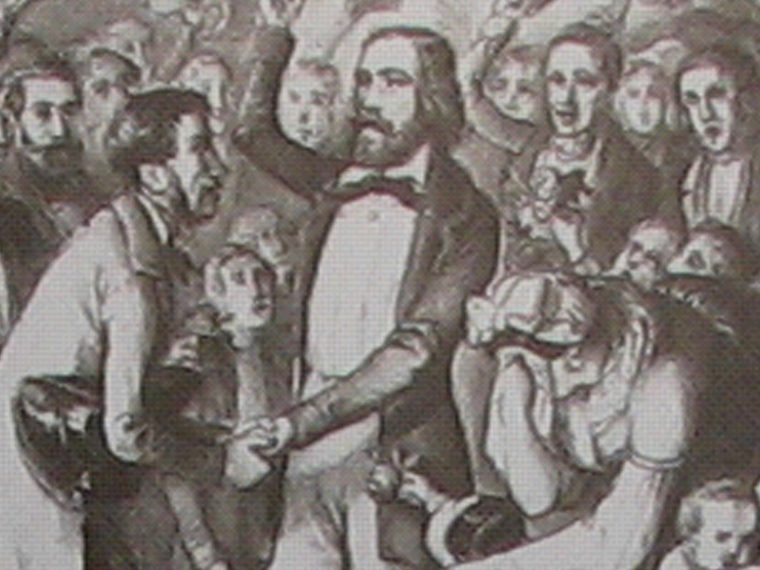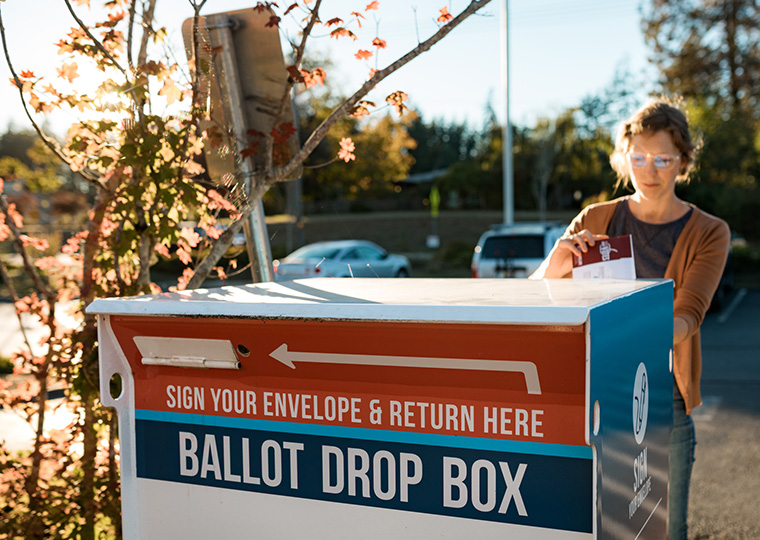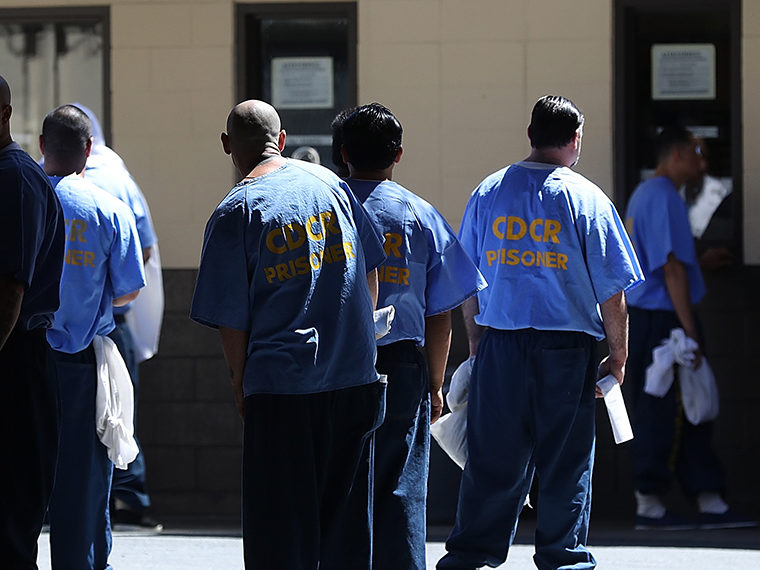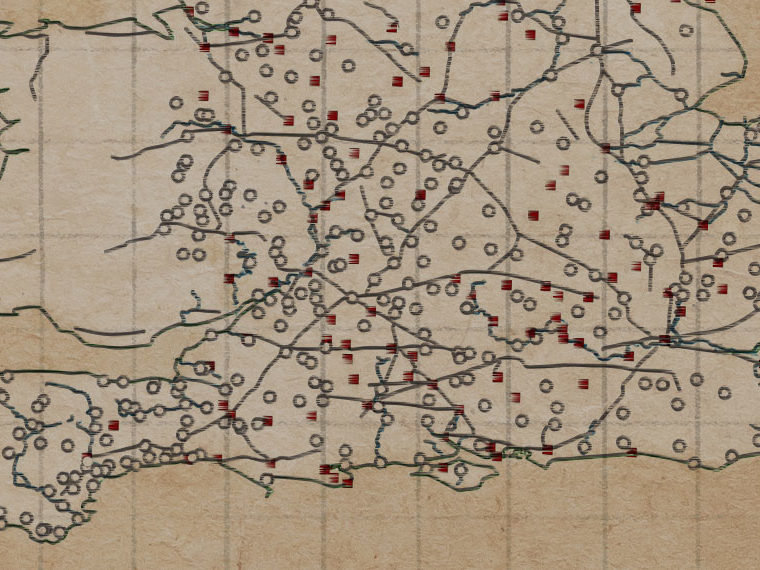Europeans brought an appreciation of social welfare programs that still resonates
In our digitized 24-hour news cycle, where information can be distributed and consumed with the flick of a few buttons, immediacy often crowds out historical perspective. That dynamic has been in play recently amid the change in U.S. immigration policy by the Trump Administration. The intense debate is often focused on the near-term, in-the-moment impact on individuals and society, deferring consideration of the longer-term role immigration plays in the American story.
Two recent research studies explicitly focus on the long-term impact of U.S. immigration policy by studying the extent to which the country’s robust embrace of European immigrants during the Age of Mass Migration — which ran from the middle of the 19th century into the early 20th century — continues to play out in society today for both economic and political outcomes.
The Review of Economic Studies article “Immigrants and the Making of America” finds that U.S. counties that took in more European immigrants during the Mass Migration today have higher incomes and lower levels of poverty and unemployment, and residents have higher levels of education.
Opt In to the Review Monthly Email Update.
In “The seeds of Ideology: Historical Immigration and Political Preferences in the United States,” UCLA Anderson’s Paola Giuliano and Harvard’s Marco Tabellini look at how the European influx more than a century ago might relate to today’s political ideology and level of support for public welfare.
Their proxy for public welfare is exposure to a national education policy. Compulsory education was the norm in much of Europe decades before mass migration to the U.S. began, suggesting immigrants were bringing with them an institutional knowledge of the role of a nation-state in mandating this core form of public welfare.
Giuliano and Tabellini build a county-level data set using full-count, individual-level data from the U.S. Census between 1910 and 1930. Using this data set, the authors link the 1910 to 1930 average immigrant share in a given county to the exposure that immigrants from each European nationality had to welfare reforms. This index is based on the length of immigrants’ exposure to education reform in their native country between the year in which a reform was introduced and the year in which they emigrated. As a concrete example, immigrants from Sweden (which introduced a public education reform in 1842) had a longer history prior to arrival in the U.S. than those from Germany (1871), Italy (1877), the United Kingdom (1880) and Ireland (1892).
Then the researchers jump into the 21st century to tap into a deep database that annually surveys American attitudes toward political ideology and social welfare spending. They used data from 2005 to 2018 and focused on U.S.-born citizens.
What they learned suggests that assimilation is not a one-way street. While chasing the American dream, Europeans seem to have imported their appreciation for social welfare spending and transmitted its value to their new community.
Giuliano and Tabellini found that today’s residents of counties that had a higher historical proportion of European immigrants between 1910 and 1930 are more supportive of social welfare. A county that landed in the 75th percentile of their index nearly 100 years ago is today 5.2% likelier to support welfare spending and 4.6% likelier to oppose spending cuts than people who today live in a county whose immigrant presence between 1910 and 1930 was in the 25th percentile.
The counties with a stronger historical absorption of Europeans in 1910–1930 are, today, also more accepting of using higher taxes to finance fiscal deficits than counties with a lower proportion of European immigrants a century ago. Same goes for support of a higher minimum wage.
A stronger European presence a century ago also plays out today in party affiliation. The researchers estimate that for a five-percentage-point increase in immigrant share of county population between 1910 and 1930, there is a 6.2% higher likelihood that a current resident of the county identifies with the Democratic Party.
The pull of the European embrace of social welfare was already impacting community attitudes soon after the end of the Age of Mass Migration. Holding constant the economic impact of the Great Depression on all counties, Giuliano and Tabellini found that counties with a higher concentration of European immigrants received more relief grants and public work grants from various New Deal initiatives. “We conjecture that the presence of European immigrants, with their strong support for government spending and redistribution, influenced the local allocation of relief programs,” the authors said.
“Although immigrants might be opposed, generate backlash and reduce natives’ preferences for redistribution in the near term, they might eventually lead to higher social cohesion and stronger desire for generous government spending over a longer horizon of time,” conclude Giuliano and Tabellini.
Featured Faculty
-
Paola Giuliano
Professor of Economics; Chauncey J. Medberry Chair in Management
About the Research
Giuliano, P., & Tabellini, M. (2020). The seeds of ideology: Historical immigration and political preference in the United States.
Sequeira, S., Nunn, N., & Qian, N. (2020). Immigrants and the making of America. Review of Economic Studies, 87, 382–419. doi:10.1093/restud/rdz003






